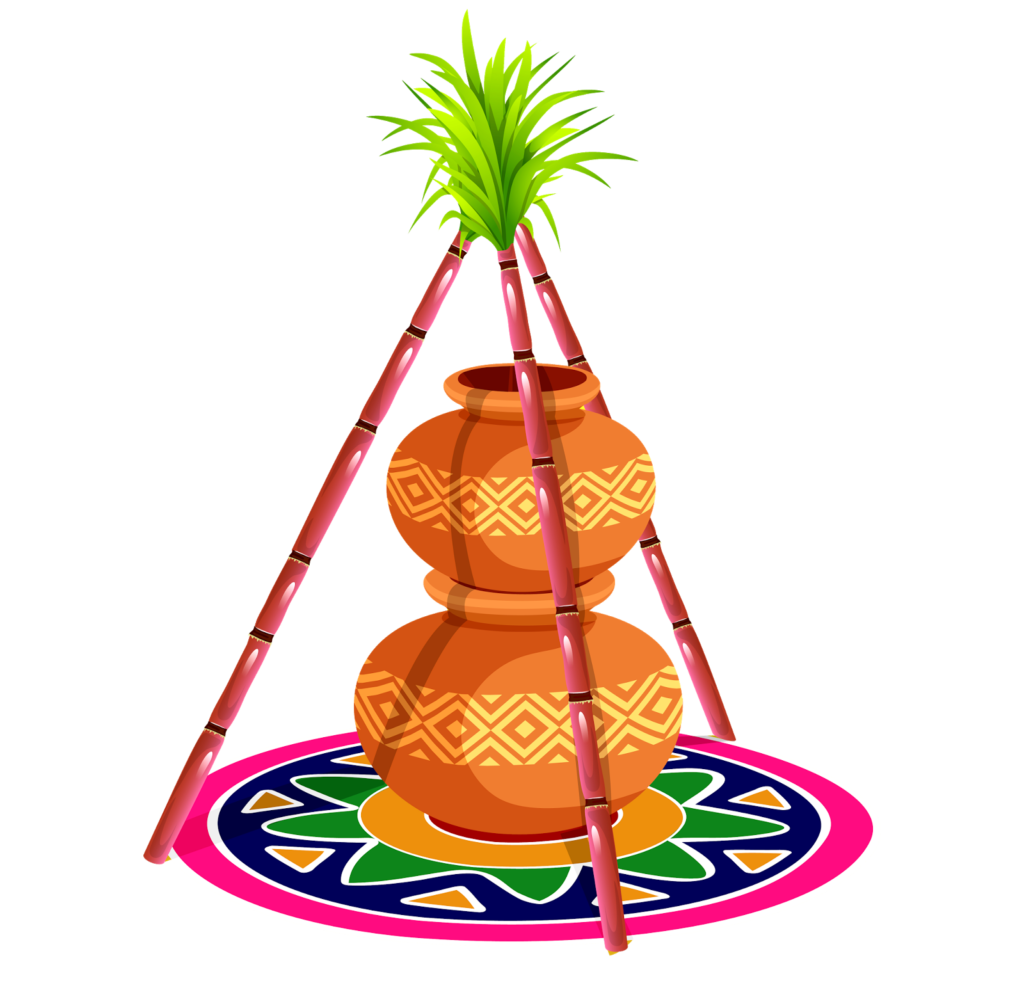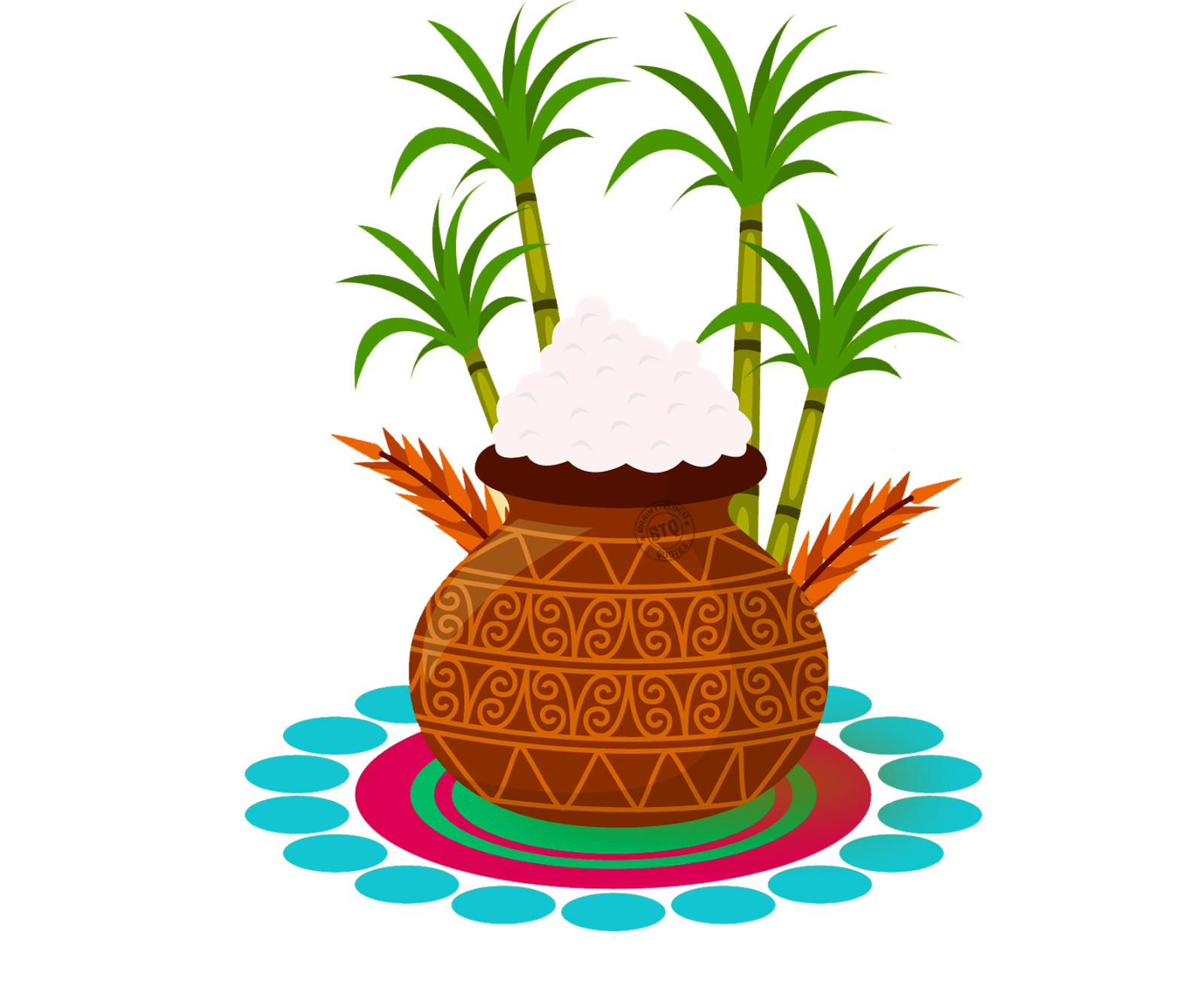Sankranti – Four Sankrantis are Main
The sun changes from one zodiac sign to another zodiac sign once every 30 days. The time at which the sun changes the zodiac sign is called ‘Sankramanam‘. The day on which sankramanam occurs is called ‘Sankranti’.
There are 12 Sankranti in a year. Among them, 4 Sankrantis are very important. They are
- Mesha Sankranti,
- Karkataka Sankranti,
- Dhanus Sankranti and
- Makara Sankranti.
Uttarayanam & Dakshinayanam
A period of six months is called ‘Ayanam’. Two Ayanams or one year is equal to one day for God.
- The first six months which is called Uttarayanam is a day – Uttarayanam begins with Makara Sankranti and ends with Karkataka Sankranti
- The remaining six months which is called Dakshinayanam is a night for Gods – Dakshinayanam begins with Karkataka Sankranti and ends with Makara Sankranti.
Danus Sankranti comes just one month before Makara Sankranti.
Makara Sankranti
Makara Sankranti is one of the biggest festivals celebrated by the Indians. Though the origin of the festival is not known exactly, it is traced back to the time of Aryans who worshipped the Sun God to save and protect them from the hot sunny summer and cold winters.
In Andhra Pradesh, Makara Sankranti is celebrated for 4 days.
- The first day is Bhogi.
- The second day is Makara Sankranti and
- The third day is Kanuma and
- The fourth day is Mukkanuma.
Uttarayana Punya Kala begins with Makara Sankranti. It is believed that people who die during this six-month period will go directly to Vaikuntam. This is the reason why Bhishma in Mahabharata who got voluntary death as a boon from his father waited until this time to leave his body.
People drop Tila tarpan (dropping black sesame seeds with water) to their dead ancestors to liberate them from the sins they committed and to let them continue their journey to Vaikuntam.

Preparations on the day of Sankranti
Sankranti is a festival in reverence to the deity Surya. So women wake up before dawn, clean their courtyard draw beautiful rangoli, and fill rangoli with various colors.
Then they decorate the entrance of their house with marigold festoons and the thresholds by applying turmeric and vermilion paste.
After taking a bath and wearing new clothes they worship the sun god and offer payasam. This payasam is cooked in specially decorated earthen pots on the flame lit with cow dung cakes (which have been preserved for it) under the pavilion of sugar cane sticks in the presence of the Sun god.
Sankranti is a harvest festival. So Goddess Lakshmi will also be worshipped in the names of Dhanya Lakshmi or Sankranti Lakshmi to bless the farmers with good yields.
The new sons-in-law are invited to their parents-in-law for Sankranti along with their better halves for a big feast. Garelu (made of a black gram), Arisalu/ attirasalu (made of rice flour and jaggery) along with other items are served in the meal on this day.
Attraction of Sankranti
The big attraction of Sankranti is gangireddu. Gangireddu is a sacred bull that is considered a form of Nandhiswara, a divine vehicle of Lord Siva. They are decorated with various clothes and with ringing bells around their neck and led by their master.
The master goes house to house along with the bull and an accompanying person. The master plays Nadaswaram and the accompanying person beats dolu. It symbolizes the upcoming good luck of the householders.
The Puranas say that on this day the Sun visits the house of his son Shani who is head of the Makara Rasi. This day symbolizes the healthy relationship between father and son.

